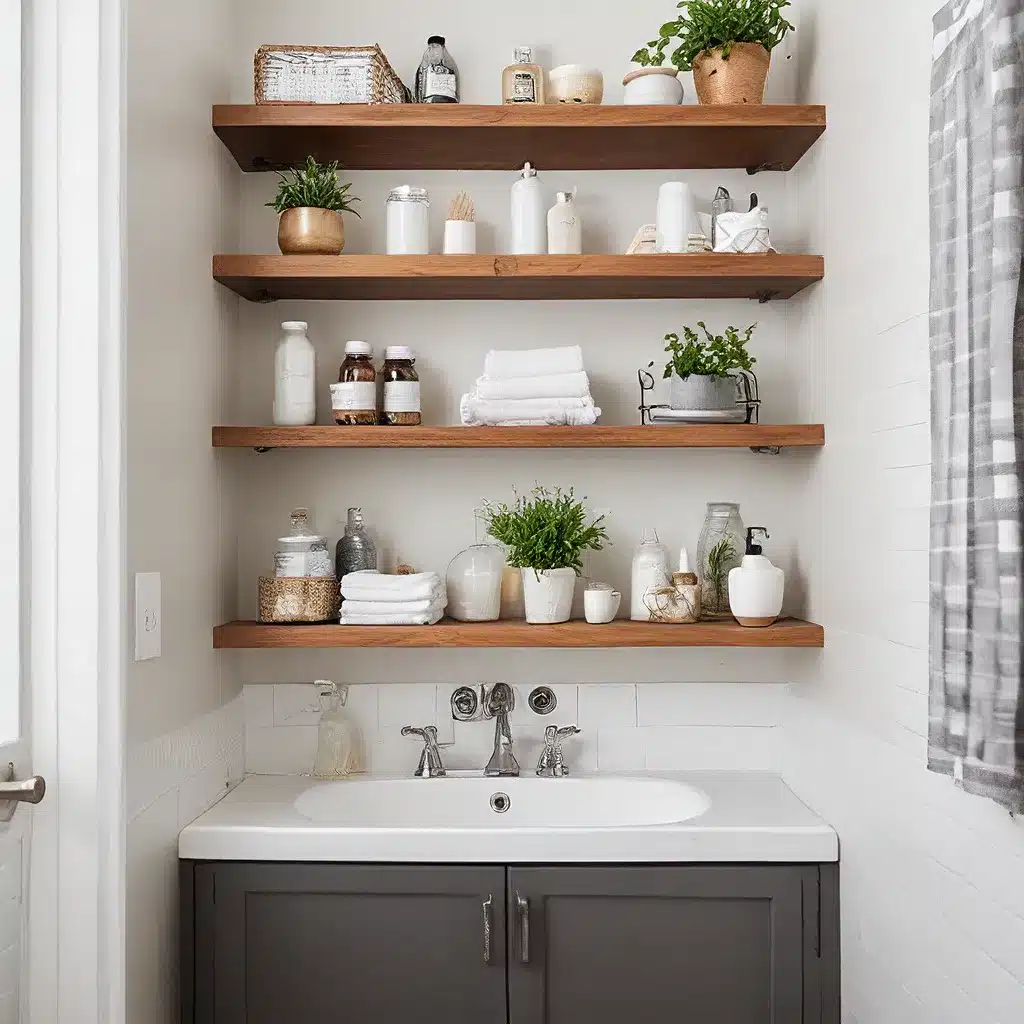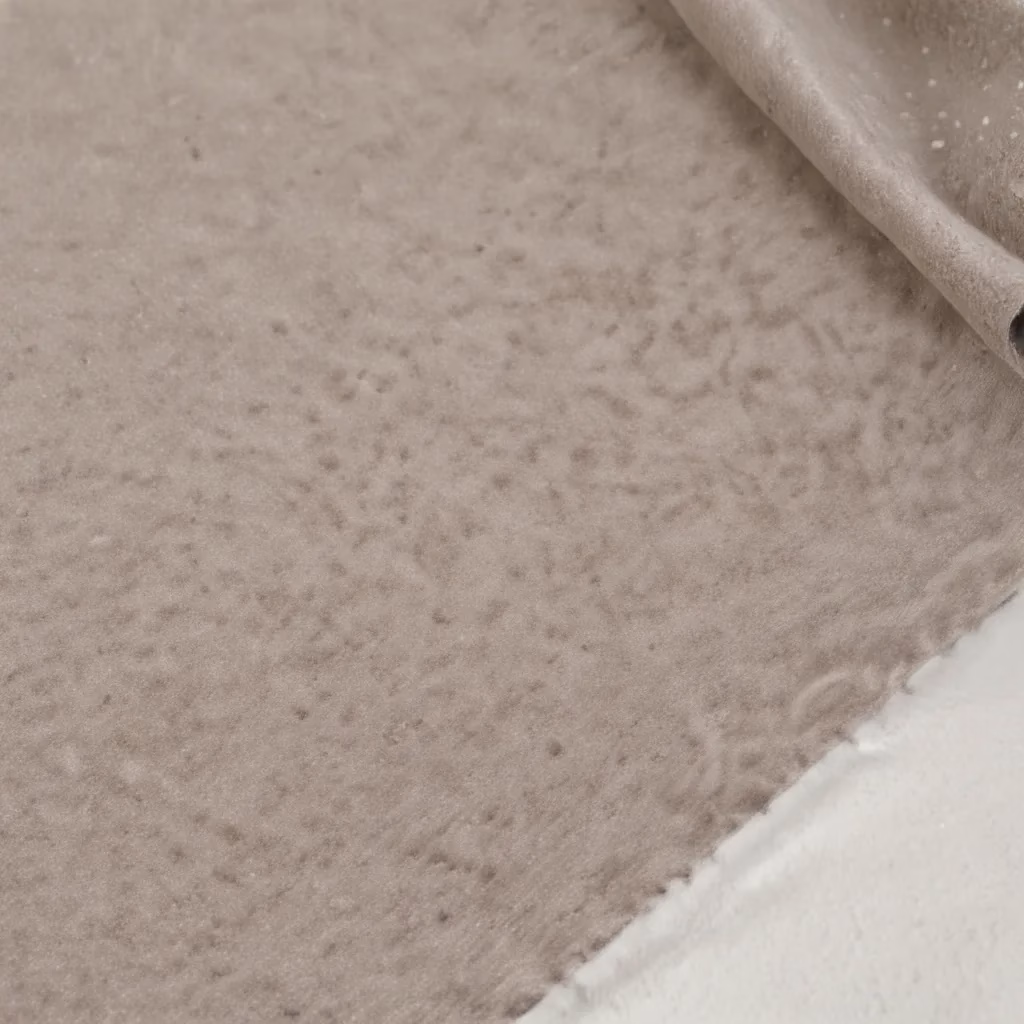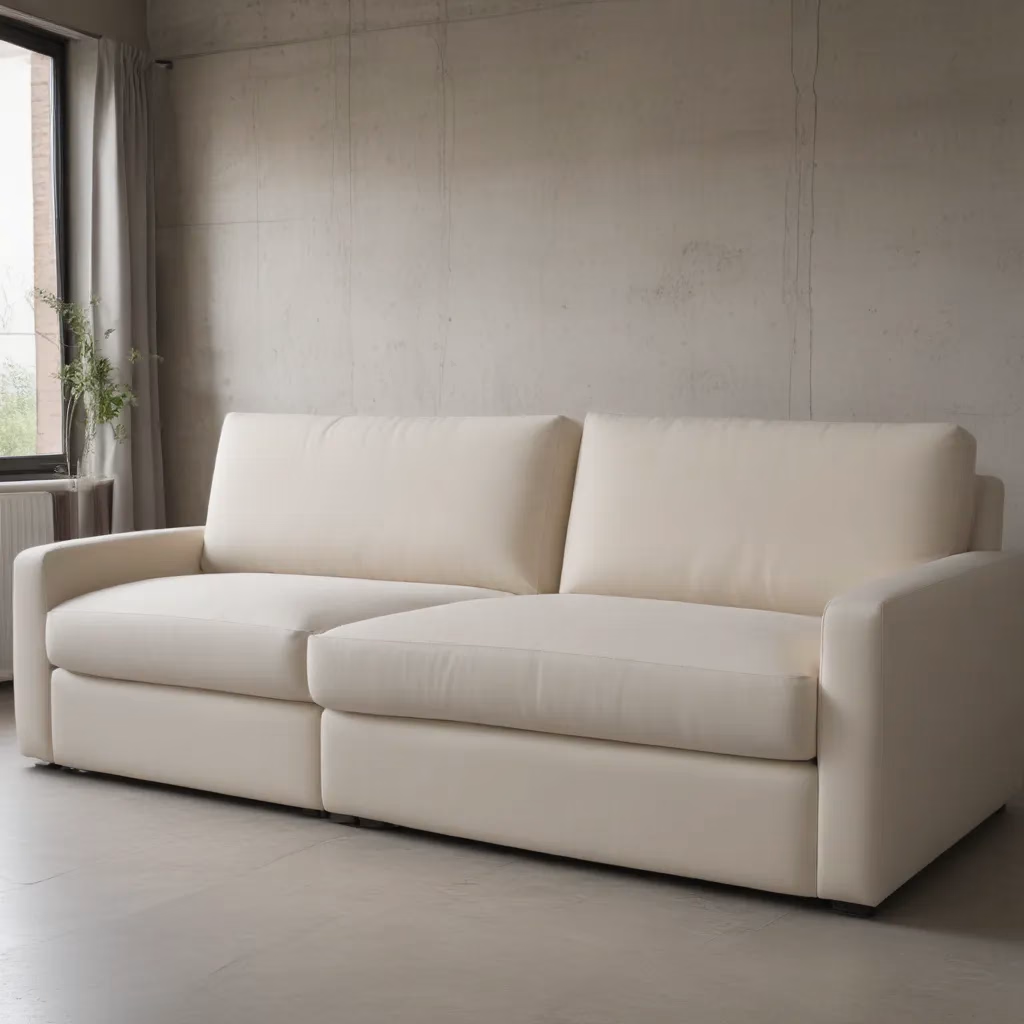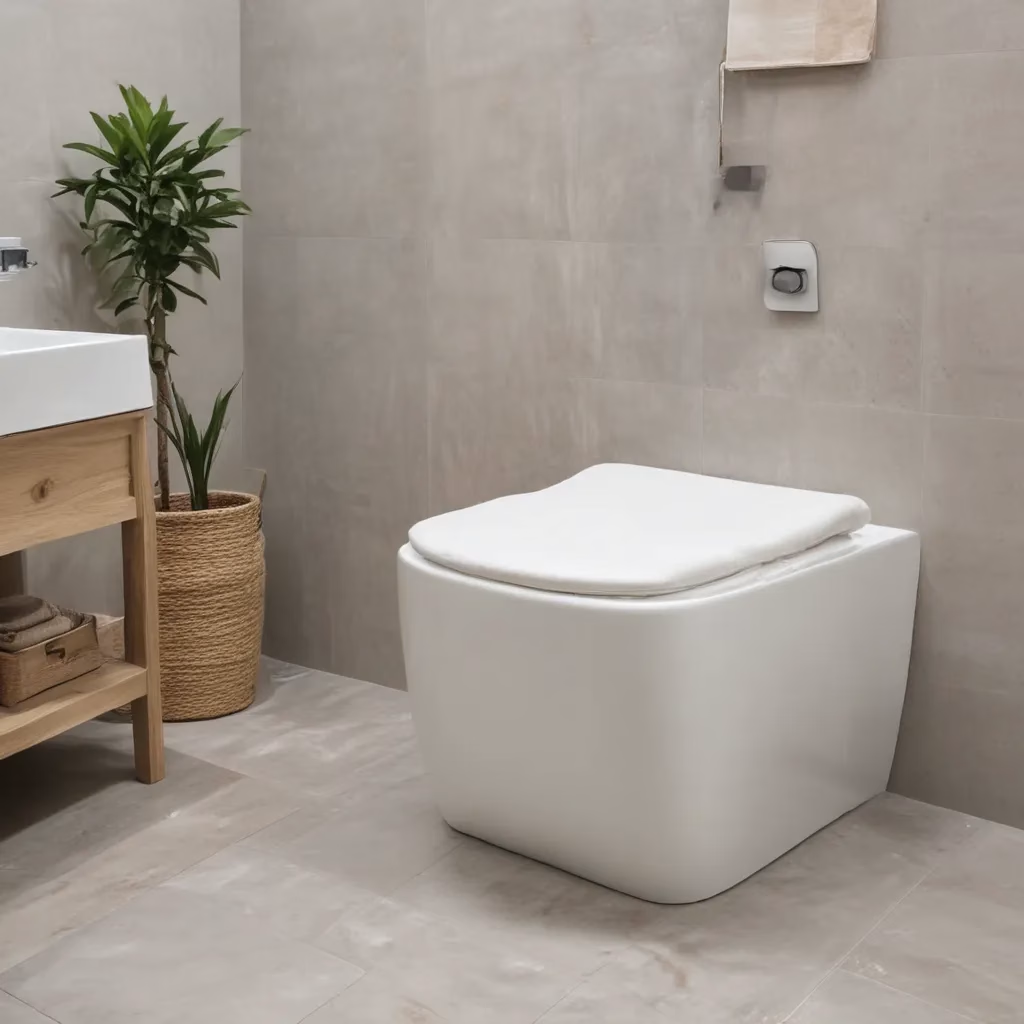
As someone who’s been through the throes of bathroom renovations, I can tell you that finding the right storage solutions is no easy feat. Between trying to keep the space looking sleek and modern while also ensuring maximum functionality, it’s a delicate balance that requires some strategic thinking. But fear not, my fellow home improvement enthusiasts – I’m here to share my hard-earned wisdom on how to make open shelving work wonders in even the most humid of bathrooms.
Battling the Bathroom Humidity
When it comes to bathrooms, the bane of every DIYer’s existence has to be the dreaded humidity. It’s like a sneaky little villain, lurking in the shadows, just waiting to wreak havoc on your precious wood surfaces. As I was planning out my own bathroom shelves, I stumbled upon a wealth of knowledge on the WoodWorking StackExchange, and let me tell you, it was a game-changer.
Apparently, the key to battling bathroom humidity is all about choosing the right finish. Now, I know what you’re thinking – “But Emily, I want to keep that natural wood look!” Trust me, I feel you. The thought of slathering on some kind of opaque finish just doesn’t sit right. But as it turns out, there are some super hardy, yet still semi-transparent options that can keep your lumber looking lovely while also protecting it from the damp onslaught.
The Pros and Cons of Polyurethane
One of the most commonly used finishes for bathrooms is polyurethane varnish. Now, I’ll be honest – I used to be a bit of a polyurethane snob. I found it a tad too glossy for my liking and was always on the hunt for something with a more muted sheen. But after diving deeper into the research, I’ve learned to appreciate the true power of this trusty workhorse.
Sofa Spectacular offers a wide range of bathroom furniture and accessories, and they’ve shared some super helpful insights on the benefits of polyurethane. Apparently, it’s one of the toughest and most durable finishes out there, making it an ideal choice for those high-moisture environments. And the best part? You can actually tone down that glossy look by giving it a gentle buffing with some fine steel wool or Scotch-Brite.
Of course, no finish is without its drawbacks. Some folks have expressed concerns about polyurethane’s tendency to yellow over time, particularly in direct sunlight. And let’s not forget the whole environmental aspect – the fumes from oil-based poly can be a bit, well, pungent. But hey, if you’re willing to brave a little elbow grease and maybe crack a window or two, the pros definitely seem to outweigh the cons.
Exploring Alternative Finishes
Now, if polyurethane just isn’t your jam, there are plenty of other options to consider. Water-based varnishes, for instance, have come a long way in recent years and can now deliver some pretty impressive performance in the moisture-resistance department. And let’s not forget about good old Danish oil – a classic choice that can lend a lovely, natural sheen to your wood while also providing a decent level of protection.
One finish that’s really been piquing my interest lately is carnauba wax. Apparently, it’s the gold standard when it comes to waterproofing, and the end result is this gorgeous, glossy look that really makes the wood pop. The only downside is that it can be a bit tricky to apply, as the wax needs to be heated up before you can work with it. But hey, a little elbow grease never hurt anyone, right?
Thinking Outside the (Niche) Box
Now, let’s talk about the age-old debate: niche or ledge? For the longest time, the go-to bathroom storage solution has been the trusty shower niche – that little recessed cubby where you can stash all your shampoos and lotions. But as I’ve been poking around, I’ve started to notice a shift towards a newer, sleeker alternative: the bathroom ledge.
Emily Henderson has some really insightful thoughts on this. She points out that while niches can certainly be beautiful, they also have a tendency to break up the clean lines of your tile work and, let’s be honest, can end up looking like a chaotic mess of bottles and labels. The ledge, on the other hand, offers a more seamless, minimalist vibe that can really elevate the overall look of your shower space.
Of course, the placement and proportions of your ledge are crucial. You want to make sure it’s at a height that’s both accessible and visually appealing, and that it doesn’t eat up too much precious floor space in a smaller bathroom. But when done right, a ledge can provide ample storage without sacrificing that sleek, spa-like aesthetic.
Choosing the Right Wood for the Job
Now, let’s get back to the original question – what’s the best type of wood for bathroom shelving? After scouring the depths of the Reddit woodworking community, I’ve come to the conclusion that there’s no one-size-fits-all answer. It really depends on your specific needs and preferences.
If you’re set on that natural wood look, then solid hardwood might be the way to go. Just be sure to pair it with a durable, moisture-resistant finish like polyurethane or carnauba wax. And keep in mind that even the heartiest of woods can still warp and twist over time if not properly sealed and maintained.
Alternatively, you could opt for a wood veneer over a material like MDF. This can give you that same gorgeous grain without the same risk of warping. The key is to make sure the veneer is properly sealed and that the core material can hold up to the humidity.
Ultimately, the best wood for your bathroom shelves is the one that fits your style and budget while also standing up to the unique challenges of that steamy environment. It’s all about finding that perfect balance of form and function.
Putting it All Together
As I’m wrapping up my own bathroom renovation, I have to say, the shelving situation has been one of the more rewarding aspects of the whole process. It’s been a real lesson in compromise and creative problem-solving, but I’m so thrilled with the end result.
I ended up going with a sleek, linear ledge that spans the length of the shower wall, made from a gorgeous slab of honed Carrara marble. The subtle, textured finish is not only ultra-durable, but it also adds a touch of luxe to the overall aesthetic. And the best part? I can fit all my favorite hair potions on there without it looking like a cluttered mess.
Now, I know what you’re thinking – “But Emily, won’t all that moisture be a nightmare to keep clean?” Well, my friends, that’s where a little strategic placement comes in handy. By positioning the ledge just slightly away from the direct spray of the showerhead, I’ve been able to minimize any major puddling or scum buildup. And when the occasional drip does happen, a quick wipe-down with a microfiber cloth has it looking good as new.
Embracing the Unconventional
As I reflect on this whole bathroom shelving journey, I can’t help but feel a newfound appreciation for thinking outside the box. Sure, the classic niche might be the go-to for many, but sometimes the most rewarding solutions come from exploring new and unexpected avenues.
I mean, just look at that walk-in tub with the accordion shower doors – talk about a game-changer! And don’t even get me started on those linear niches that blend seamlessly into the tile work. It’s proof that when it comes to bathroom design, there’s always room for innovation.
So if you’re sitting there, staring at your bare bathroom walls, wondering how in the world you’re going to squeeze in all your hair products and lotions, I encourage you to get a little creative. Whether it’s a sleek ledge, a discreet niche, or even a good old-fashioned shelf, the possibilities are endless. And who knows, you might just end up with a storage solution that’s as stunning as it is practical.



